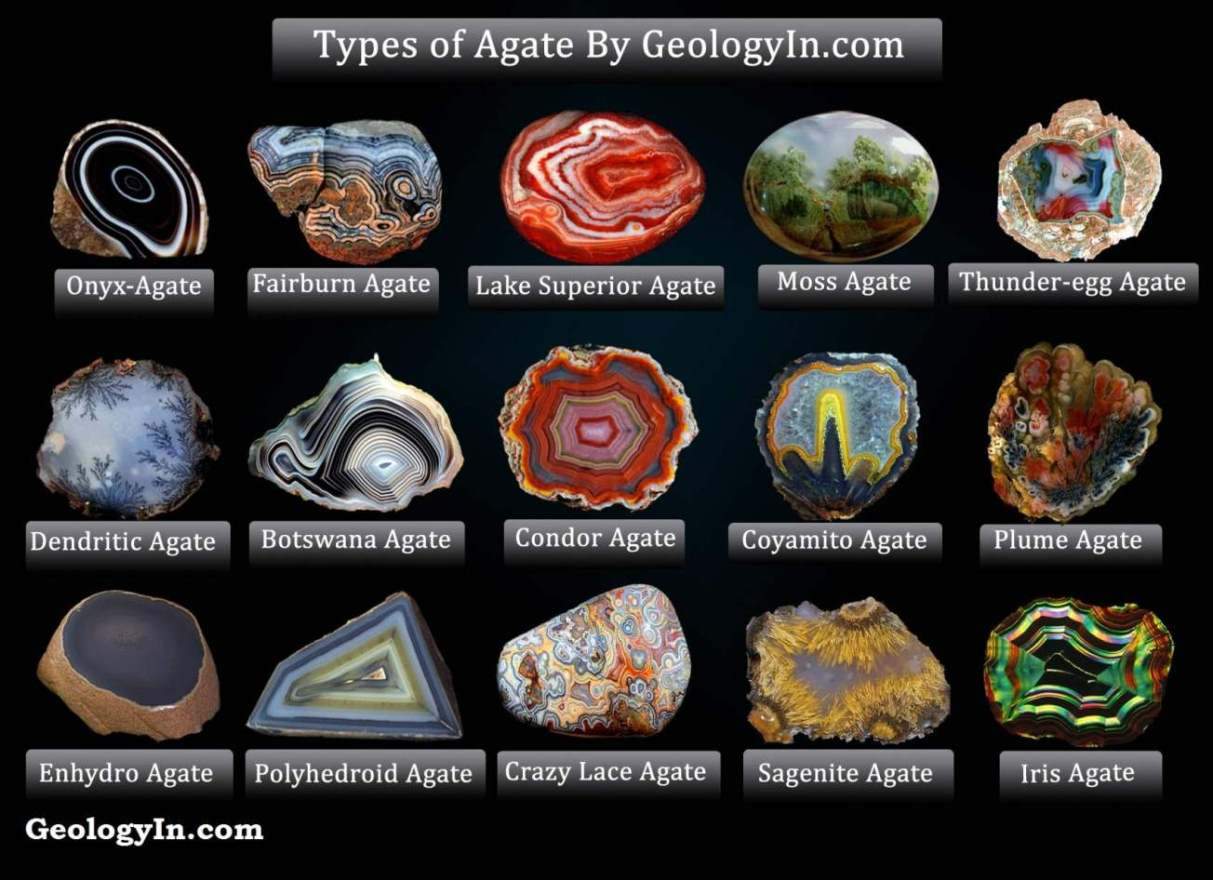Steamboat Tourmaline: One of California's Finest Minerals
The Steamboat Tourmaline is a world-famous specimen of elbaite tourmaline, a variety of tourmaline that is known for its vibrant colors.
At nearly a foot tall this pair of red tourmaline crystals with green tips is one of the jewels in the crown of the Smithsonian mineral collection.
In 1907 the famous Steamboat Tourmaline was unearthed by Frank Barlow Schuyler in San Diego County in a rich tourmaline-bearing pocket zone in the mine which was named the Tourmaline King. It was then sold by Schuyler to Washington A. Roebling and it is now housed at the Smithsonian Institution.
The specimen’s two parallel crystals (which look like steamboat stacks) display a range of vibrant colors that start at vivid reddish-pink at the bottom and transition to a bright bluish-green at the top. The tourmaline crystals rise out of a base of Cleavelandite, which is perched atop a large quartz crystal.
It came from an exceptional pocket some 10 metres by 4 that yielded 8 tons of pink tourmaline, mostly sold to China where it was carved into the buttons that distinguished the mandarins who administered the Middle Kingdom.
Tourmaline is a crystalline boron silicate mineral compounded with elements such as aluminium, iron, magnesium, sodium, lithium, or potassium. It is hard and durable and very well suited for jewelry.
Tourmaline is classified as a semi-precious stone and the gemstone comes in a wide variety of colors. It is a pyroelectric mineral, meaning that when warmed, it attracts dust and other lightweight particles.
Tourmaline is found in granite and granite pegmatites and in metamorphic rocks such as schist and marble.
 |
| This is the famous "Steamboat" tourmaline mineral specimen from the Tourmaline King mine in the Pala District of San Diego County, California. Photo by Duncan Pay |



%20(1).webp)





